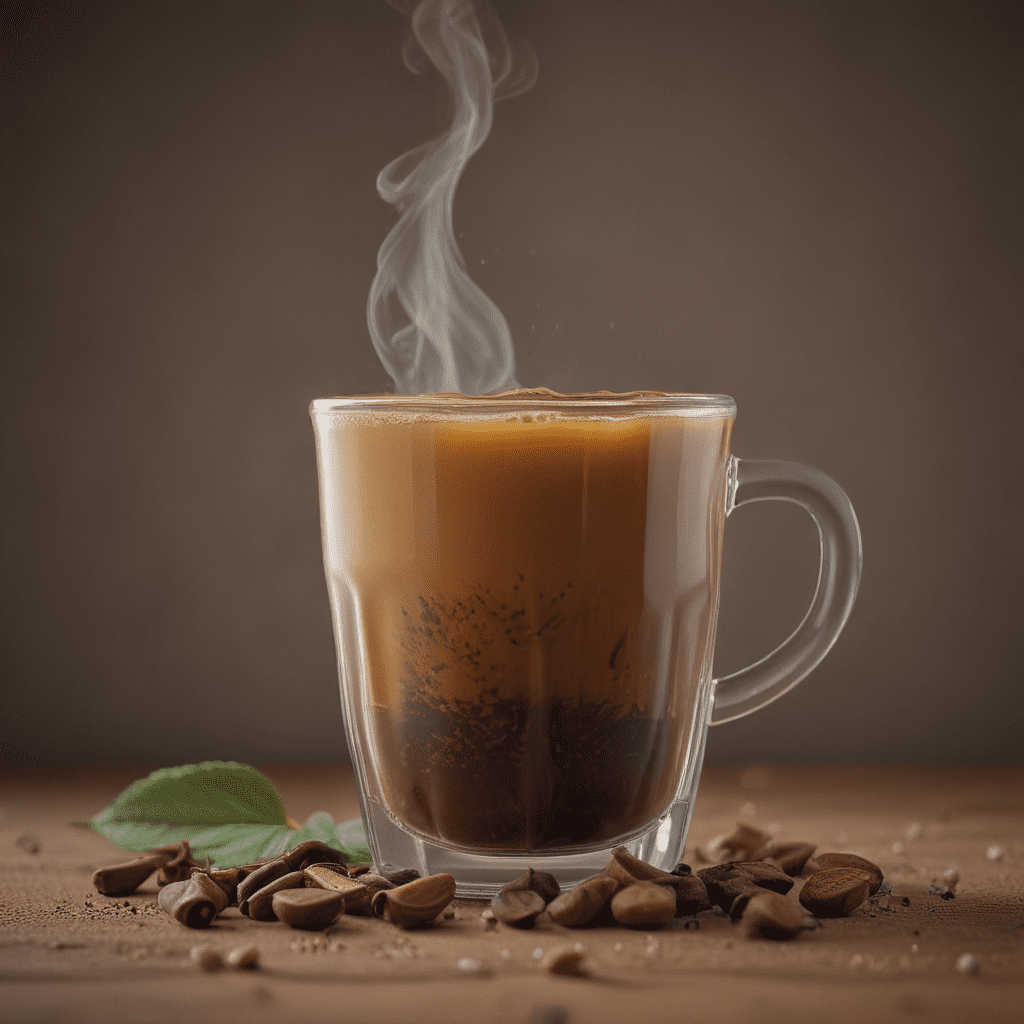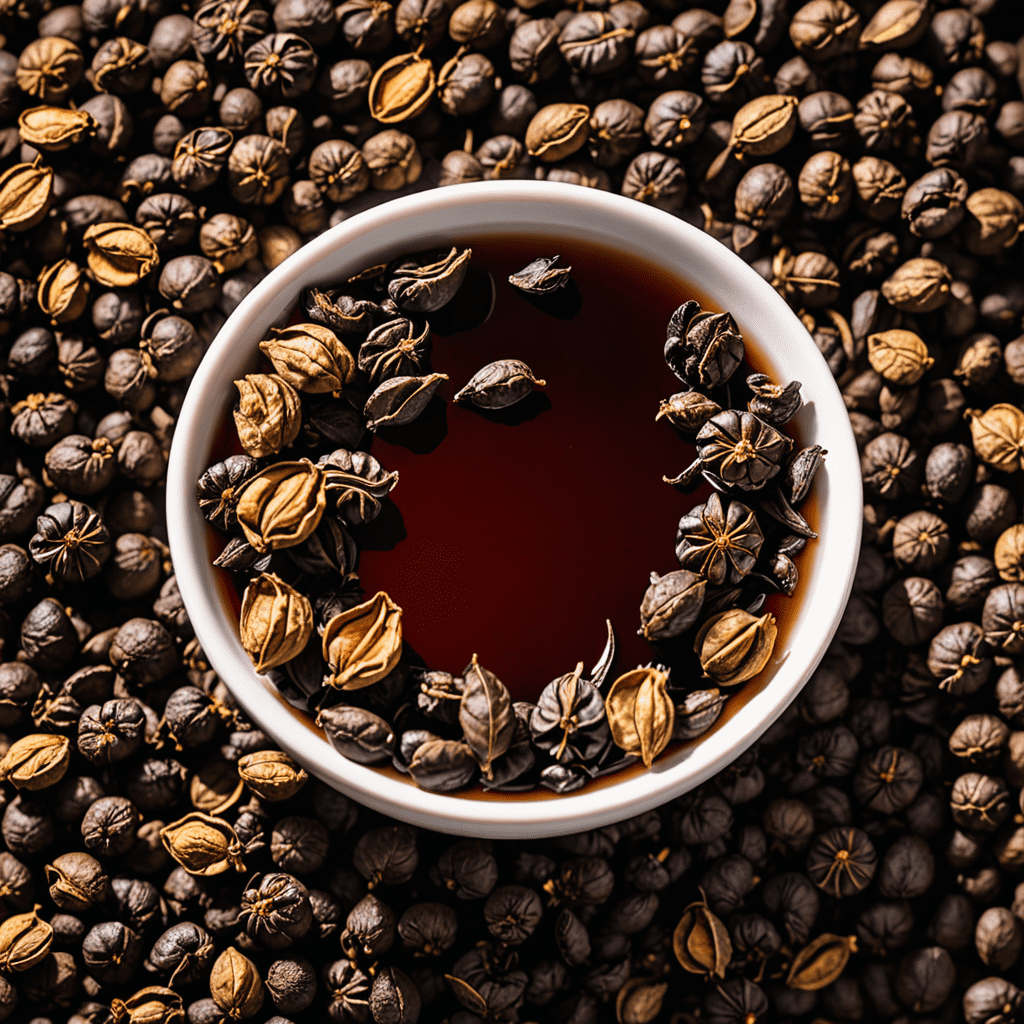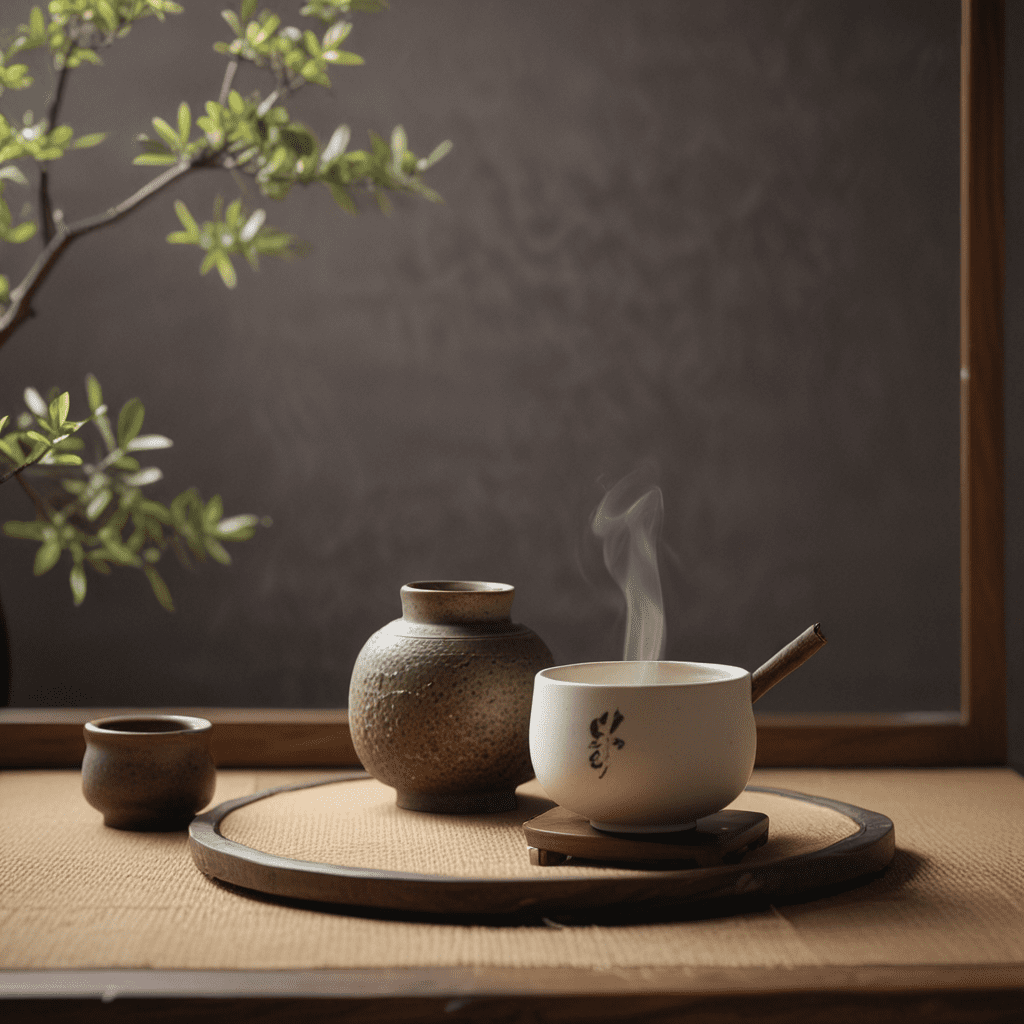
Introduction: The Allure of Chai Tea
As the winter season approaches, the tantalizing aroma of chai tea fills the air, inviting warmth and comfort into our homes. Chai, an Indian beverage steeped in tradition and brimming with flavors, has captivated hearts and palates worldwide. Its unique blend of black tea, aromatic spices, and comforting milk offers a sensory delight that transcends mere taste buds.
Historical and Cultural Origins: A Journey Across Time
Chai tea's roots trace back to ancient India, where Ayurvedic practitioners employed its medicinal properties to promote well-being. Over the centuries, chai has evolved from its humble beginnings, weaving itself into the cultural tapestry of various civilizations. Introduced to the West in the 19th century by British colonizers, chai gained immense popularity and has since become a staple in cafes and households alike.
Crafting the Perfect Chai: Ingredients and Techniques
Creating the perfect cup of chai is an art form requiring a mindful selection of ingredients and a touch of skill. At its core lies a robust black tea base, often blended with Assam or Darjeeling teas for their full-bodied flavor. The symphony of spices is equally crucial, with cardamom, ginger, cinnamon, cloves, and black pepper creating a harmonious balance. These spices are typically whole and freshly ground to release their potent aromas and flavors.
Aromatic Delights: The Symphony of Spices
One of the defining characteristics of chai tea is its enchanting blend of spices that weave a tapestry of flavors and fragrances. Cardamom, the queen of spices, imparts a warm and slightly sweet note that harmonizes with the sharp and invigorating ginger. Cinnamon adds a comforting warmth and a hint of sweetness, while cloves offer a touch of pungency. Black pepper, a traditional Ayurvedic ingredient, lends a subtle spiciness that rounds out the aromatic symphony.
Health and Wellness Benefits: Nature's Elixir
Beyond its captivating flavor, chai tea is renowned for its health-promoting properties. Ginger boasts anti-inflammatory and digestive benefits, while cardamom aids in digestion and may help regulate blood sugar levels. Cinnamon, loaded with antioxidants, has been linked to reduced inflammation and improved insulin sensitivity. Cloves, with their potent antibacterial and antiviral properties, contribute to overall well-being.
Chai Variations: A Canvas of Flavors
While traditional chai tea remains a beloved classic, contemporary variations have emerged to cater to diverse palates. From the creamy richness of vanilla chai to the invigorating spice of ginger chai, these variations offer an array of flavors that delight and inspire. Some popular adaptations include:
- Masala Chai: A traditional blend that combines the classic chai spices with the addition of star anise and fennel.
- Pumpkin Chai: Embraces the flavors of fall with the addition of pumpkin puree, pumpkin pie spice, and maple syrup.
- Matcha Chai: Blends the vibrant green of matcha powder with the aromatic spices of chai for a refreshing and subtly sweet treat.
Pairing Delights: Accompaniments to Enhance the Experience
Chai tea's versatility extends beyond its solo enjoyment, as it pairs harmoniously with a wide range of accompaniments that enhance the overall experience. Sweet treats like cardamom shortbread cookies, ginger snap biscuits, or a slice of banana bread complement chai's warmth and spice. For a savory pairing, consider pairing chai with a samosa, pakora, or other savory Indian snacks.
DIY Chai: Creating Your Own Winter Wonderland
Creating homemade chai tea allows for customization and a deeper appreciation of the rich flavors involved. To brew chai from scratch, follow these simple steps:
- Gather Ingredients: Assam or Darjeeling black tea, ground cardamom, ginger, cinnamon, cloves, black pepper, milk, honey or maple syrup (optional).
- Simmer Spices: Combine the spices in a saucepan with water and bring to a simmer for 5-7 minutes, releasing their aromas and flavors.
- Add Tea and Milk: Add the black tea and milk to the saucepan, bring to a boil, then reduce heat and let simmer for 5 minutes.
- Sweeten (Optional): If desired, add honey or maple syrup to taste for a touch of sweetness.
- Strain and Enjoy: Strain the chai through a fine-mesh sieve into cups and relish the comforting warmth and flavors.
Seasonal Cheer: Chai as a Wintertime Staple
During the chilly winter months, chai tea emerges as a comforting staple, offering warmth and solace to the body and soul. Its aromatic spices and warming effect create a cozy and inviting ambience that soothes away winter's chill. Whether enjoyed by the fireplace, paired with a festive dessert, or shared with loved ones, chai tea encapsulates the essence of the season.
Conclusion: The Enduring Comfort of Chai Tea
Chai tea, an enchanting beverage steeped in tradition, continues to captivate tea enthusiasts worldwide. Its blend of flavors, health benefits, and versatility makes it a cherished choice for any occasion. As the winter season draws near, embrace the warmth and comfort of chai tea, allowing its aromatic embrace to soothe and invigorate your senses.
FAQs
What is the difference between chai tea and masala chai?
Masala chai is a specific variation of chai tea that includes the addition of star anise and fennel to the traditional spice blend.
How do I adjust the strength of my chai tea?
To make a stronger chai, use more tea leaves or steep the tea for a longer period. For a milder brew, use fewer tea leaves or steep for a shorter time.
Can I use other types of milk in my chai tea?
Yes, you can use any type of milk you like, such as almond milk, coconut milk, or soy milk.

